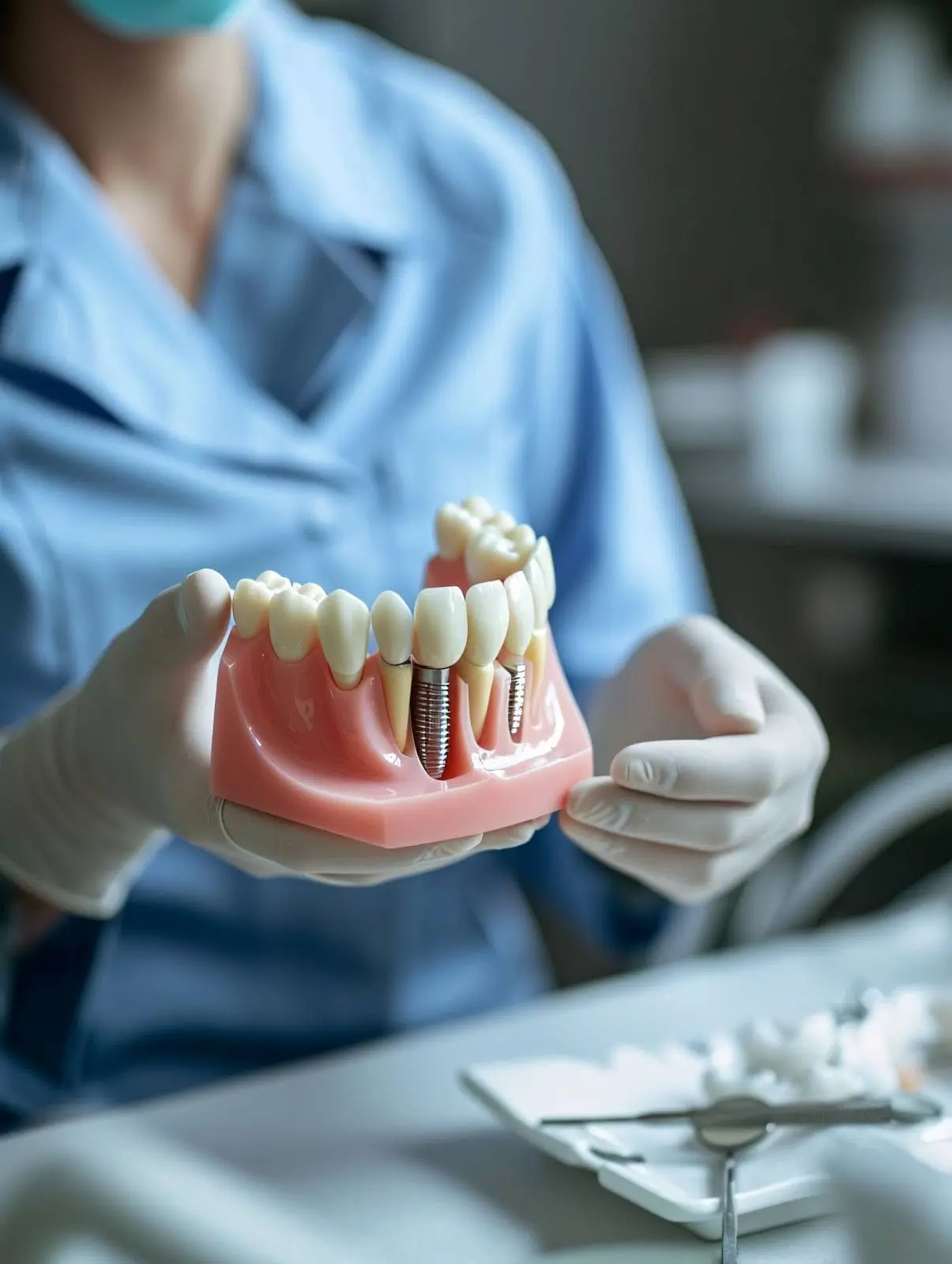
Discover the transformative power of bone grafting in dental implant procedures, where the foundation for tooth replacement is fortified. In this intricate process, bone grafting acts as a vital scaffold, replenishing lost bone and ensuring a robust base for implant placement. Adequate bone volume is not just a preference but a prerequisite for implant success, as it fosters stability and longevity. Let us enlighten you through the essential role of bone grafting, unlocking the doors to enhanced aesthetics, functionality, and overall satisfaction.
Understanding Bone Grafting

Bone grafting involves transplanting bone tissue to areas lacking volume, stimulating new bone growth, and facilitating dental implant success. Various materials are utilized in dentistry for grafting, each serving unique purposes. Autografts, harvested from the patient’s own body, offer optimal compatibility. Allografts, sourced from human donors, provide versatility. Xenografts, derived from animal sources, offer structural support. Synthetic grafts, engineered in laboratories, boast consistent quality.
Assessment and Bone Quality
An accurate initial assessment of bone quality and quantity is paramount in dental implant procedures. Insufficient bone volume or compromised bone quality can jeopardize the success of implants. Factors such as periodontal disease, trauma, or tooth loss can lead to bone resorption over time, necessitating bone grafting to augment the site.
By meticulously evaluating bone structure and health before surgery, our specialists can tailor grafting techniques to restore adequate bone support, ensuring the longevity and stability of dental implants. This proactive approach maximizes the chances of successful tooth replacement and enhances overall patient satisfaction and oral health.
Types of Bone Grafts
In bone grafting for dental implants, various materials are utilized, each with its own characteristics. These materials include:
- Autogenous Bone Grafts: These involve using bone harvested from the patient’s body, typically from the jaw, hip, or tibia. While offering excellent compatibility and promoting natural bone growth, they require an additional surgical site and may have limited availability.
- Allogenic Grafts: These are derived from cadaveric sources, bypassing the need for donor site surgery but carry a slight risk of immune rejection.
- Synthetic Grafts: These are composed of materials like hydroxyapatite or calcium phosphates, offer good availability, and eliminate donor site morbidity, but they lack the osteogenic properties of natural bone grafts.
Choosing the appropriate grafting material depends on factors like the patient’s bone quality, the extent of augmentation required, and their medical history. Balancing availability, compatibility, and osteogenic potential ensures optimal outcomes in dental implant procedures.
Bone Grafting Procedure
During bone grafting for dental implants, the procedure typically involves making an incision in the gum tissue to access the deficient bone area. The graft material is then placed and secured, promoting new bone growth. Local anesthesia is administered to numb the area, ensuring patient comfort, while sedation options like oral sedatives or intravenous sedation may also be utilized to alleviate anxiety and promote relaxation throughout the procedure.
Healing and Integration

Following bone grafting, the healing process involves initial stabilization of the graft followed by vascularization, where blood vessels infiltrate the graft site, supplying nutrients and oxygen. This leads to osteogenesis, where new bone cells are formed, gradually integrating the graft with the surrounding bone. Over time, the graft becomes fully incorporated into the jawbone, providing a stable foundation for dental implant placement.
Recovery and Post-Operative Care
After bone grafting, patients should adhere to post-operative care guidelines, including maintaining good oral hygiene, avoiding strenuous activities, and following a soft diet to prevent disturbing the graft site. It’s crucial to take prescribed medications, attend follow-up appointments, and avoid smoking or excessive alcohol consumption to promote optimal healing and graft integration. Adhering to these instructions enhances the success of the bone grafting procedure and ensures favorable outcomes for dental implant placement.
Benefits of Bone Grafting
Bone grafting plays a pivotal role in enhancing the success of dental implants by providing a stable foundation for implant placement. It improves implant stability by reinforcing the surrounding bone structure, ensuring long-term durability. Additionally, bone grafting enhances aesthetic outcomes by restoring lost bone volume, leading to natural-looking results. By promoting osseointegration, bone grafting significantly extends the longevity of dental implants, offering patients a reliable and lasting solution for tooth replacement.
Unlock Your Smile’s Potential: Transformative Power of Bone Grafting in Dental Implants
Unlock your smile’s full potential with bone grafting for dental implants. This vital procedure ensures stability, aesthetics, and longevity, laying the foundation for successful tooth replacement. Don’t let bone loss hold you back from achieving your dream smile. Call Advanced Periodontics & Implant Dentistry at (212) 581-1090 today to schedule a consultation and embark on your journey toward a confident, functional, and beautiful smile.


